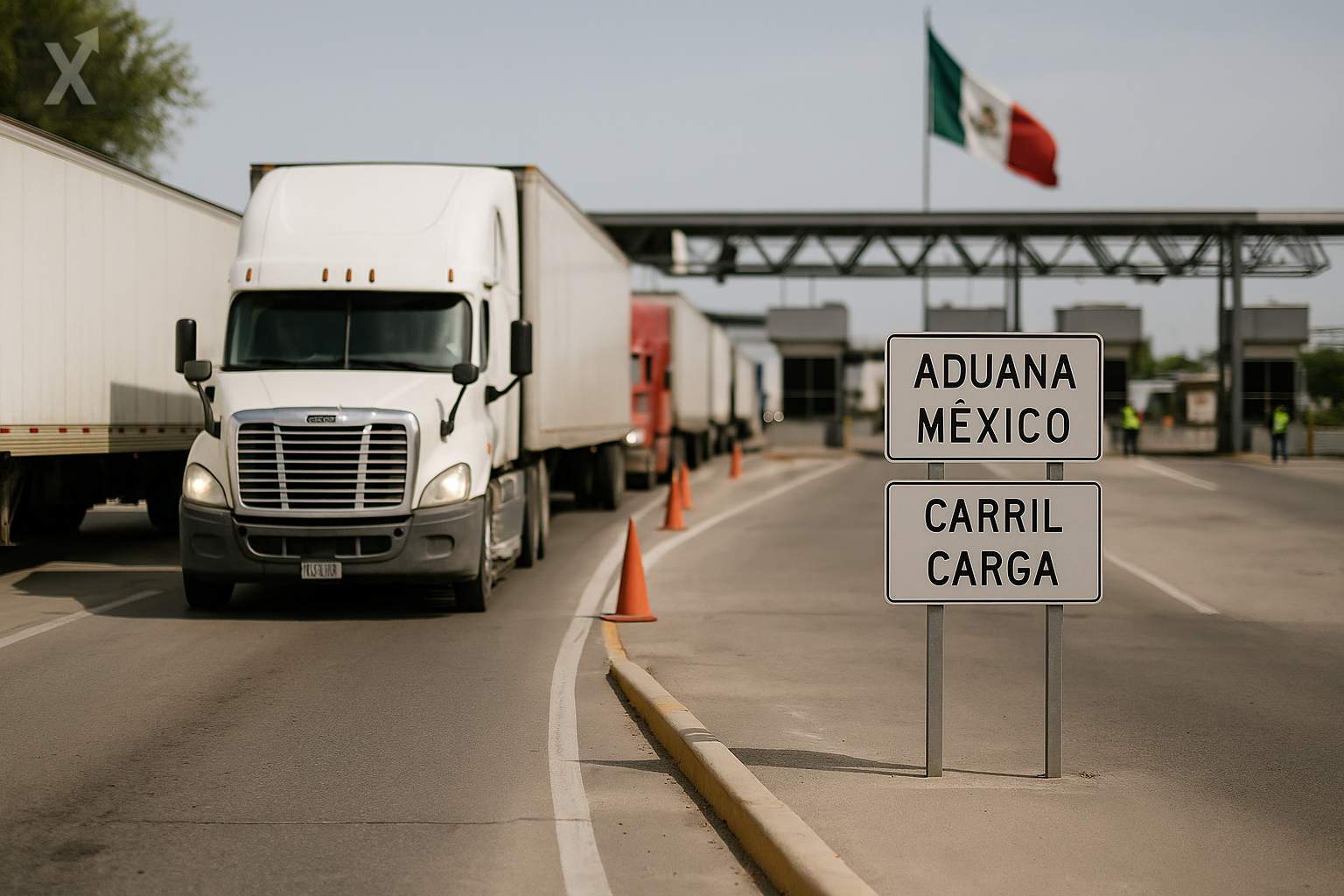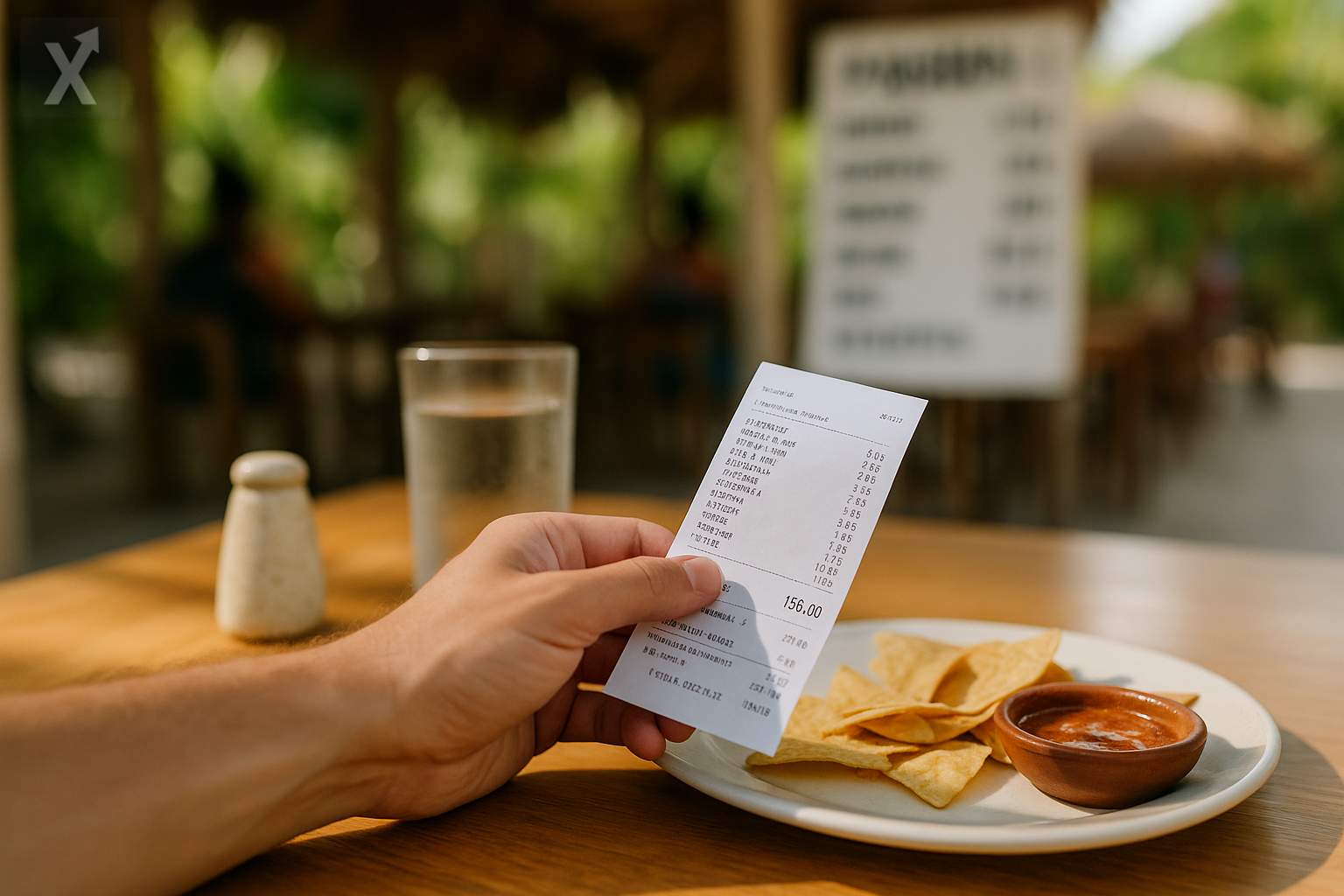Mexico Under Scrutiny for Rising Imports of Extra-Regional Steel and Tensions with USMCA Rules

The U.S. steel industry has once again thrust Mexico into the center of the debate on regional integration. According to the American Iron and Steel Institute (AISI), purchases of steel from outside North America by Mexico and Canada grew from 12.3 million tons in 2014 to 21.5 million in 2024, with the bulk of the increase concentrated in Mexico (about 16 million tons). The report, sent to the Office of the United States Trade Representative (USTR), notes that this flow now accounts for 45% of the Mexican market and puts pressure on the supply chain logic behind the USMCA.
The AISI argues that extra-regional steel, processed in Mexico and used in key sectors like automotive manufacturing, reduces opportunities for regional producers and weakens the local content incentives set by the USMCA. The institute emphasizes that the agreement requires at least 70% of steel purchased by automakers to be of North American origin, and claims that origin verification at the “melt and pour” stage is still not being implemented uniformly, potentially allowing minimal transformations in Mexico or Canada and a possible trade diversion. The AISI also warns about attempts to evade U.S. measures under Section 232 through relabeling operations.
As a response, the AISI suggests that Mexico mirror the U.S. commercial defense policy: a high tariff on all steel imports not originating from North America, with no exceptions for trade agreements, in order to build a common “tariff wall.” The institute also suggests reviewing programs like IMMEX, PROSEC, and Rule 8, which facilitate temporary imports or reduced tariffs on inputs for export, and calls for more transparency with public, detailed data—including “melt and pour” origin—to spot transshipment and undervaluation. The U.S. and Canada already systematically gather this information.
The Mexican perspective offers a more nuanced diagnosis. The region consumed about 130 million tons of steel in 2024 and produced about 106 million, creating a deficit that requires imports to fill the gap. Internal factors also play a role: demand linked to the nearshoring boom in manufacturing, pressure from automotive and home appliance supply chains, and local bottlenecks. The operational crisis affecting key producers—such as Altos Hornos in recent years—temporarily reduced domestic supply, while expansion plans by companies already operating in Mexico need time to mature. All of this has unfolded amid still-high logistics and energy costs, which impact both prices and availability.
On the regulatory front, Mexico, along with the U.S. and Canada, withdrew the reciprocal application of Section 232 in 2019 and established monitoring mechanisms. In parallel, it has made use of tools like temporary safeguards and adjustments to most-favored nation tariffs on certain steel products, alongside anti-dumping investigations targeting steel from specific origins. Mexico’s Ministry of Economy maintains that IMMEX and PROSEC are pillars of the export platform, and insists that any adjustments must take care not to undermine the competitiveness of the manufacturing sectors that have made Mexico the U.S.’s top trading partner in recent years.
With the USMCA’s review scheduled for 2026, steel is shaping up to be one of the most contentious issues. On the technical front, one option is to move toward a trilateral traceability standard—including certification of “melt and pour” origin—real-time customs data exchange, and clear rules for extra-regional semi-finished goods through temporary quotas tied to new investment that can close capacity gaps. On the production side, nearshoring opens a window to attract electric arc furnaces, scrap recycling, and to decarbonize steel, aligning the region with global environmental demands and helping avoid future costs from mechanisms like the European CBAM.
For the Mexican economy, the balance is delicate. Fully aligning with higher tariffs could make inputs for construction, auto parts, and appliances more expensive, potentially affecting prices and margins in an environment of still-high interest rates and tight inflation control. On the other hand, stricter enforcement of origin rules—without blocking critical supplies—could help defend local jobs and investment and maintain integration with the U.S. and Canada, without sparking friction at the border. The key will be finding the right timing, providing energy certainty, and offering incentives to expand capacity, while also closing the door on trade diversion.
In summary, the surge in extra-regional steel imports through Mexico highlights both the country’s manufacturing strength and its supply vulnerabilities. Looking ahead to 2026, a credible solution will require robust traceability, customs cooperation, and an investment roadmap that enables import substitution without choking off steel-using sectors. The challenge is to turn current pressure into an opportunity to solidify a “North America Fortress” built on clear rules and sufficient installed capacity.





